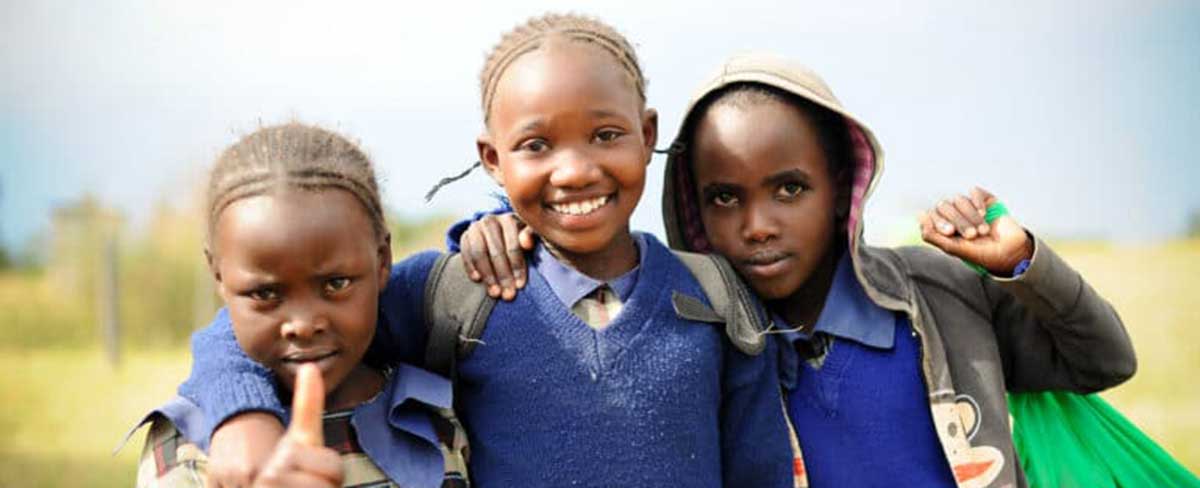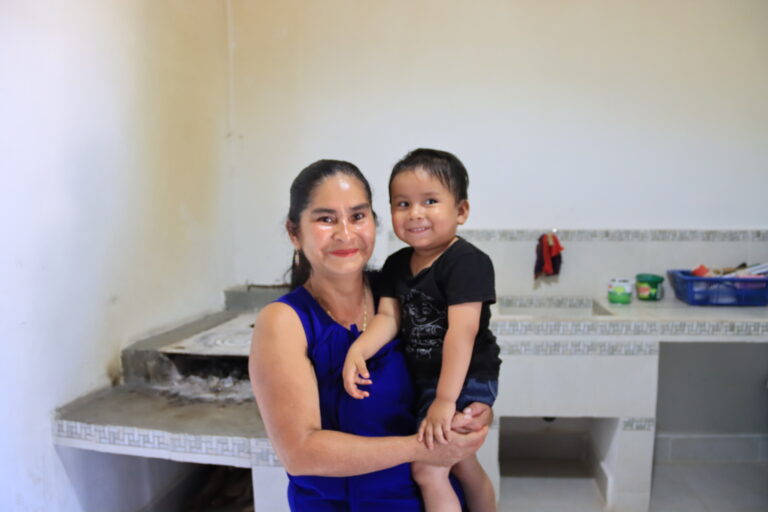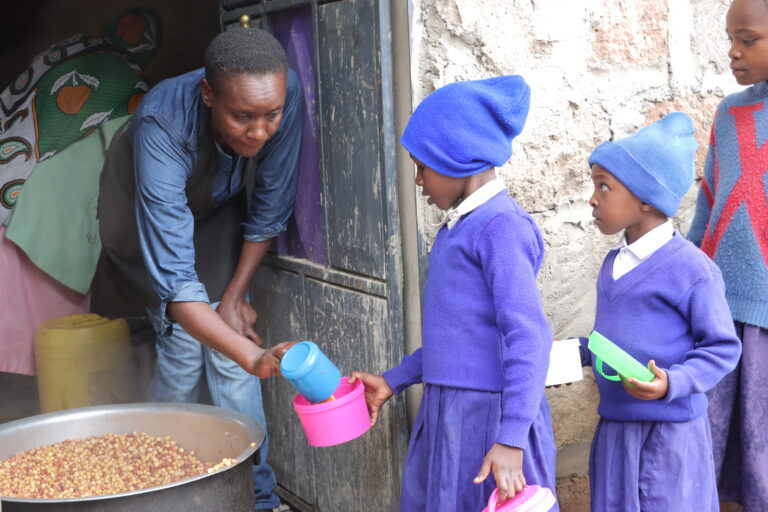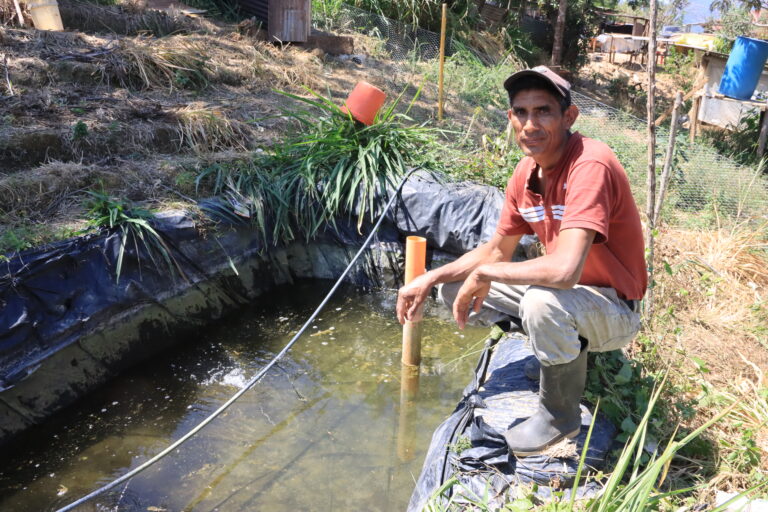I remember it like it was yesterday. If I close my eyes, I can still smell the musky scent of dirt in the air and feel the warm heat from the glorious sun on my face.
I was standing in the middle of a playground within the safe walls of a community center that had been established years ago by the international humanitarian aid organization I was visiting. As I looked around me, I saw children dressed in clean clothes, laughing as they kicked the ball back and forth with my fellow American trip participants. The children looked happy, well cared for, not wanting for anything, and for the most part, they were! These children were a part of the 1:1 sponsorship program established by the organization I was traveling with. As part of their 1:1 sponsorship, these children received food, clothing, education, and spiritual and medical care. The organization’s 1:1 model meant that they had one sponsor whose support helped develop children individually each month. As a sponsor myself, I loved that I could write to my child as often as I wanted to, receive regular updates on their progress, and even visit them!
Walking around the playground seeing the joy on these children’s faces, I felt proud to be a part of it. It was apparent that these children would have a chance at a better future. Their sponsors, like me, believed wholeheartedly that by sponsoring them, they could change a child’s future. And they can. These children could potentially become the doctor, the teacher, the pilot they had always dreamed of becoming. After all, the success stories were out there. Sponsorship works.
And then it happened. I glanced over to the side, looking at a small cut out in the concrete wall surrounding me. It had three horizontal metal pipes running top to bottom, creating a makeshift window. Peering through that window from the outside, was a little boy. He undoubtedly had climbed onto something unsteady, as he appeared to be using every bit of his strength to hold on to those metal pipes. Only his face was visible. Dirt covered his face, his eyes were sunken in, and an expression of hopelessness and confusion were so apparent as if he were asking, ‘why can’t I come in?’ It was a moment that shook me to my core. The entire world just stopped for a second, and I froze in my tracks. I remember feeling ashamed for being so proud of myself just moments before. I was not ashamed for wanting to help. I knew God had called me to play a role in serving the ‘least among us, no matter how small or how big. I felt ashamed because this young boy likely believed he was not worthy of the same care and attention that the children inside the sacred walls were so fortunate to have and that maybe I had played a role in it.
It can often feel overwhelming for those of us who have the heart to serve the poor as we see so many around us suffering. The need is so great, and the desire to help alleviate this suffering compels us to do something about it. As believers, we are all aware of the countless messages in Scripture on the subject, confirming that we are called to help the poor. One such example, Jesus tells us, “Whatever you did for one of the least of these brothers or sisters of Mine, you did for me” (Mathew 25:40). Thus, we put our trust in organizations that seek to help.
However, at that moment, seeing the look of despair on that little boy’s face, I had to question whether the benefits of this model, outweighed the negative impact it could also be having on others within the same community.
Whatever you did for one of the least of these brothers or sisters of Mine, you did for me” —Mathew 25:40
Now let me be clear. My intention is not to scold or lecture those that believe in the 1:1 sponsorship model. I have many friends who do, and their hearts are in the right place. After all, there are countless success stories of 1:1 sponsorship. I am simply asking for all of us to put on our “critical thinking hats” and ask ourselves, is there a better way? If our goal is to eradicate poverty, does the 1:1 sponsorship model satisfy this goal?
Over the past few years, I have discovered quite a few research papers written on the subject, and I would encourage anyone interested in this area to do their own research. What I discovered was eye-opening. The studies suggested that, indeed, more research needs to be prioritized when it comes to how western society engages through 1:1 child sponsorship. Evidence has shown that the 1:1 sponsorship model may be causing more harm than good, causing envy and jealously within the community, family tensions, counterproductive residual effects, impeding local initiatives, and creating a culture of dependence, that well-intended sponsors are not aware of.
The question then becomes, how can we leverage the positives of a sponsorship relationship between a child and their sponsor, while eliminating the negatives? At 410 Bridge, we believe we must redefine the war of poverty. What it means to win it. What it means for the people living in extreme poverty. We must redefine how we fight the battle together. Because of these beliefs, we work a little differently than most.
Our ‘why’ is the reason the 410 Bridge model of community development differs from most, including our child sponsorship program.
Yep, you heard right! We do have a child sponsorship program, but it looks very different from most, and as a result, can be challenging to explain sometimes. But here goes…
The primary difference in our sponsorship model is rooted in our relationship with the community. Because we are a mile deep and an inch wide, walking alongside a community for an extended period, we had to create an opportunity for 100% of the children in 410 Bridge communities to thrive, not just the sponsored few. That’s right 100%! By sponsoring a child through 410, you can eliminate the barriers to quality education for your sponsored student and lift the quality of education for every child attending that school.
Another component that makes our model unique is that we don’t have to sponsor all the children in the community, to impact all the children in the community. In most cases, sponsoring as few as one-third of the students will lift the quality of education for every child attending that school. Sponsorship addresses barriers to education like school fees, textbooks, desks, school supplies, uniforms, and feeding programs where needed. Funds are also used to hire and train teachers, offset other community development programs, and most importantly, discipleship programs. Our model ensures that sponsored children do more than simply attend school. It provides quality education for all children living in the community.
The 410 Bridge partners with communities stuck in extreme poverty to help them assess and leverage their gifts and strengths, not just their needs. Together, we activate a unique, holistic approach that combines Christian discipleship, economic development, quality education primarily through child sponsorship, clean water, and health and wellness to create lasting freedom from poverty. The goal for each community is to move towards graduation, which means the community can continue its journey of development long after the 410 Bridge partnership ends. We work together as partners and leave as friends.
As I look back on my experience that day within the community center, I feel a renewed sense of hope. Hope that as a western society, we are becoming more aware of how to leverage our efforts better when engaging the poor. I love knowing that my child sponsorship is not only directly benefiting my sponsored child but also creating opportunities for all the children within the communities we serve in! This is something I feel honored to be a part of.
To learn how you can sponsor a child through the 410 Bridge sponsorship program, please click here
